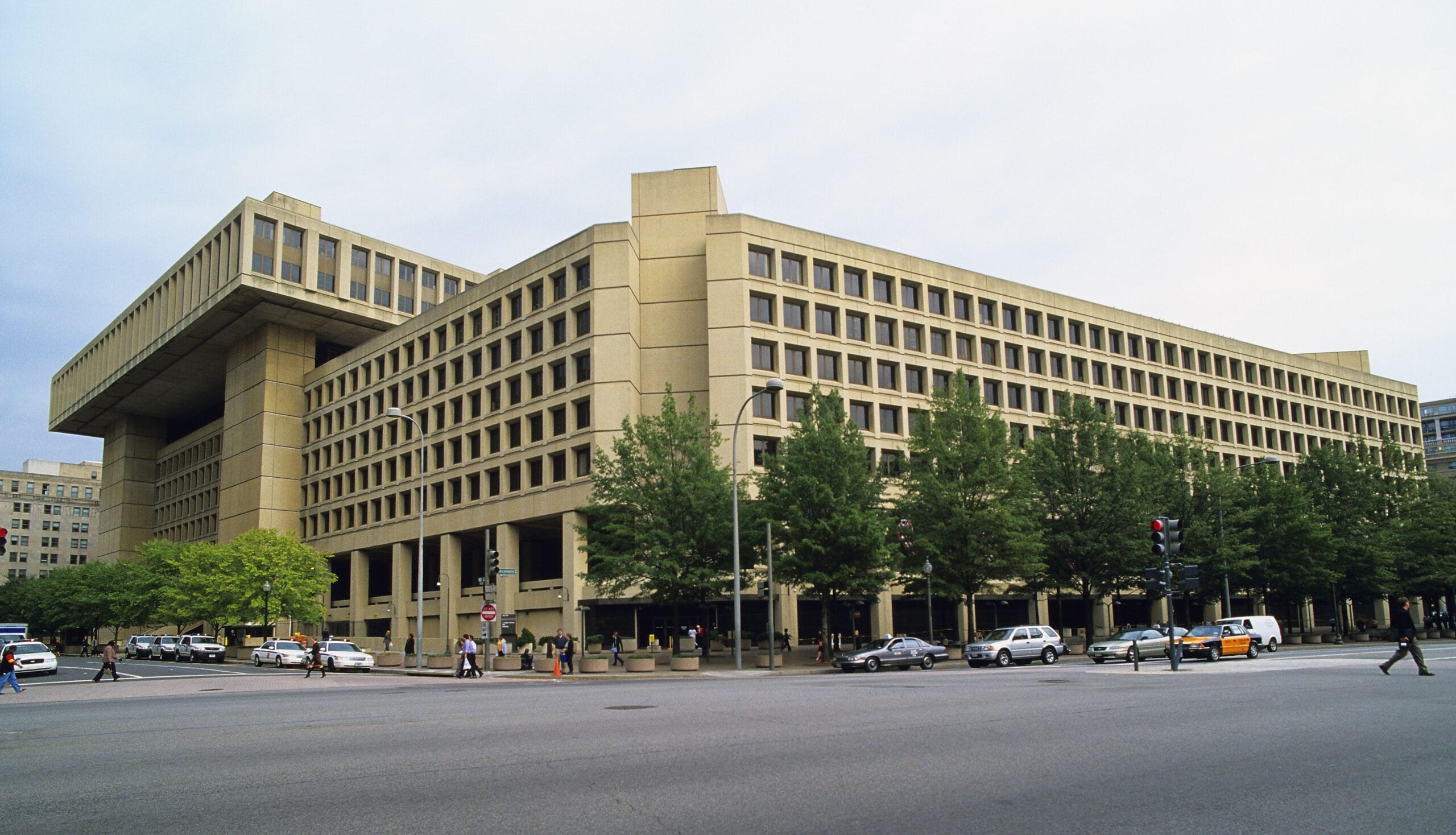A case involving an alleged member of the enigmatic Zizian group has unfolded new details surrounding a string of violent incidents that authorities have linked to the cult-like organization. The defendant, whose identity remains under legal discretion, made headlines after dictating a detailed 1,500-word letter over a jail phone, a move widely seen by investigators as an effort to relay information while detained.
The Zizian group, described by authorities as a niche collective with controversial ideologies, has gained national attention for its alleged involvement in a series of murders spanning multiple states, including Vermont, California, and Pennsylvania. Composed of individuals drawn together by shared radical ideologies, including an emphasis on anti-establishment views and an opaque connection to extreme forms of veganism, the group has been at the center of ongoing investigations.
The dictated letter, which sources have confirmed was reviewed by legal authorities, reportedly contains a mix of philosophical musings, justifications for past actions, and what appear to be coded messages directed toward associates. Some portions of the letter also discuss broader motivations tying the actions of the defendant to beliefs purportedly held by the Zizian group.
Authorities are scrutinizing the letter, believing it could provide insights into the internal workings and objectives of the organization. Experts have described the content as both deflective and deliberately complex, in line with what some criminologists have identified as manipulation tactics often used by members of fringe, cult-like groups to veil accountability.
The defendant, arrested earlier this year, faces charges including homicide related to a fatal stabbing in California. The victim has been identified as Curtis Lind, an elderly landlord who had previous confrontations with members of the group over property disputes that escalated into violence. Lind survived an earlier attack in 2022 that reportedly also involved Zizian members, shedding light on the potentially ongoing feud between the organization and those it deemed adversaries.
The Zizians themselves have maintained an increasingly polarizing image in both public narratives and law enforcement briefings. Known to congregate both physically and through encrypted online forums, the group’s self-styled philosophy reportedly intertwines elements of radical environmentalism, postmodern rationalism, and anti-capitalist rhetoric. Critics, however, have likened the group’s behavior to extremist tendencies, marked by acts of violence under the guise of ideological fulfillment.
Experts tracking the case and others like it have emphasized the challenges law enforcement face when dealing with organizations like the Zizians. Being loosely organized but ideologically driven, such groups often evade definitive categorizations, making them particularly resistant to traditional investigatory frameworks.
The defendant’s most recent correspondence reflects varying levels of awareness and involvement with the broader acts attributed to the Zizian network. Legal representatives have declined to comment on the possible implications of the letter, while prosecutors are reportedly preparing to bring portions of its content into evidence as they build their case for trial.
Emerging narratives have tied this case to other high-profile incidents linked to the Zizian group, including the killing of a United States Border Patrol agent in Vermont, a case that has been described as particularly harrowing. In investigating this killing, authorities reportedly uncovered ties to financial transactions and personal associations within Zizian circles that connect back to members implicated in other unsolved homicides nationwide.
Public reaction to the Zizians’ alleged activities and the ideologies underpinning their purported actions has been one of caution and alarm. Advocacy groups and specialists in cult dynamics have called for open discussions on how such fringe organizations manage to recruit and execute coordinated actions while remaining largely unnoticed until after violent incidents.
Meanwhile, families of victims linked to Zizian-affiliated crimes have expressed frustration over delays in prosecutorial processes, often exacerbated by the complexity of evidence and jurisdictional hurdles associated with crimes spanning multiple states. Federal authorities are now reportedly considering whether to formally label the Zizian group as a domestic threat under emerging legal classifications for extremist organizations.
The unfolding events surrounding this case have once again brought the Zizian group to the forefront of national attention. What began as local conflicts in the Bay Area of California now drapes across several states, creating an intricate web of interactions that law enforcement agencies are diligently pursuing.
For now, the contents of the letter remain integral to ongoing investigations, as authorities attempt to piece together what they describe as a tantalizing puzzle of ideology, personal grievance, and long-term organizational goals. Regardless of the eventual legal outcomes, the Zizian saga serves as a stark reminder of how rapidly localized behaviors can ripple into significant national events when ideologically charged actors are involved.
The trial in the coming months is expected to surface more details. Legal experts predict heavy reliance on both circumstantial evidence and the defendant’s own correspondence, raising questions about how much the written letter will contribute to understanding—and potentially dismantling—the belief systems attributed to the Zizian group.


